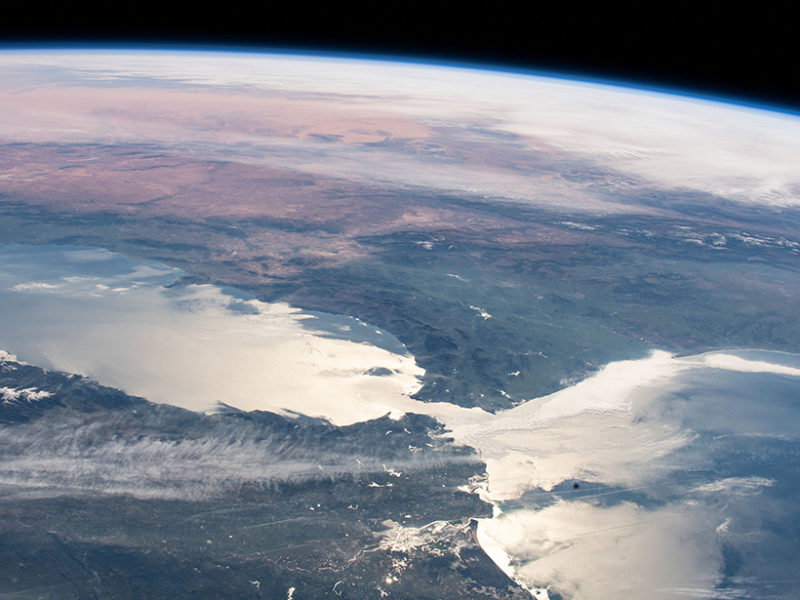
By
Earth’s fresh water is essential: It helps regulate climate, support ecosystems, and sustain human activities. Despite its importance to the planet, humans are modifying fresh water at an unprecedented scale, and by damming rivers, pumping groundwater, and removing forests, humans represent the primary source of disturbances in the world’s freshwater cycle.
Extensive modifications to the water cycle and perturbations to other Earth processes prompted the development of the planetary boundaries framework roughly a decade ago. The framework defines the “safe operating space” for essential Earth system processes, including fresh water, and sets limits beyond which we risk rapidly and maybe irreversibly disrupting critical global systems.
In a new study, Gleeson et al. argue that the current definition of the planetary boundary related to fresh water—and the methodology for determining it—is insufficient, neither capturing water’s role in Earth system resilience adequately nor offering a way to measure perturbations on a global scale. The authors provide an overview of how water supports Earth’s resilience and propose an approach for analyzing and better understanding global water cycle modifications focused on three central questions: What water-related changes could lead to global tipping points? How and where is the water cycle particularly vulnerable? And how do local changes in water stores and fluxes affect regional and global processes and vice versa?
The authors delve into each of these questions. In addressing the second question, for example, they examine where ecological regime shifts would alter the water cycle. As a case study, they assess the Amazon rain forest. Research has suggested that if the Amazon loses between 10% and 40% of its current forested extent, it may transition permanently into savanna and disrupt water and carbon cycles. By understanding the limits of the Amazonian ecosystem—and other ecosystems around the world—we can shape policy to avoid crossing tipping points that would undermine the planet’s resilience.
The study invites scientists to meet the scientific and ethical grand challenge of examining how water cycle modifications affect Earth system resilience. In outlining the grand challenge, the authors suggest initiatives that can be addressed immediately by collaborative working groups to illuminate better the current extent of water modifications and the state of the water cycle. (Water Resources Research, https://doi.org/10.1029/2019WR024957, 2020)
—Aaron Sidder, Science Writer
Except where otherwise noted, images are subject to copyright. Any reuse without express permission from the copyright owner is prohibited.



